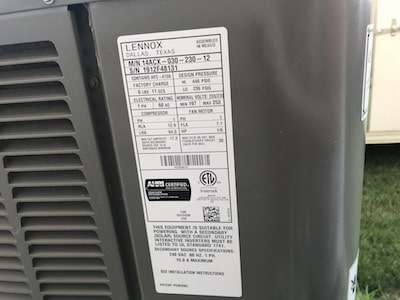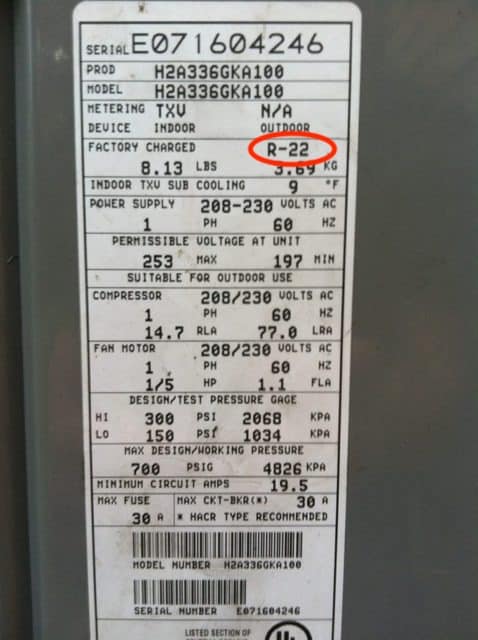
You may have heard that R-22 (also known as Freon) has been in the process of being phased out over the past few years. Beginning January, 1st of 2020, it will officially be off the market.
- What exactly does this mean for you as the owner of a home with an R-22 dependent air conditioning unit?
- Will you have to replace your existing unit right away when R-22 is completely phased out?
Not necessarily. HVAC units are intended to be self-containing, meaning that if your unit ever gets low on R-22, simply replenishing the supply is not a long-term solution. In fact, it may cause a bigger issue. The only reason your unit will ever run low on refrigerant is if there is a hole or leak. Adding more refrigerant without repairing that hole will only add pressure within the unit, which will result in the hole expanding, causing a bigger leak and damaging your unit further. Without welding the leak shut or replacing the coil, your unit will continue to leak refrigerant into the atmosphere. Replenishing the R-22 may last a week or even an entire season, but it is not a permanent solution.
Why is R-22 being phased out?
According to the Environmental Protection Agency, R-22 is harmful to the Earth’s ozone layer – and its replacement, R-410A, is not ozone-depleting. The best way to minimize the impact your existing R-22 unit has on the environment is proper and regular maintenance of the unit.
How can you tell if your unit contains R-22 refrigerant?
Most air conditioning units have a nameplate on the unit, itself, that identifies the type of refrigerant the unit uses. For central air conditioners, the nameplate is usually on the outdoor condenser (R-22 is also known as HCFC-22so it may be labeled as such on your unit). Another indicator is the age of the unit: units that predate 2004 use R-22 refrigerant.
With 85% of homes in the southern United States having central air conditioning equipment, this switch to R-410A will affect many homeowners who will EVENTUALLY need to replace their unit when it springs a leak. Until then, if R-22 units are regularly serviced and kept as clean as possible, homeowners will still be able to use their unit. But when the time does come to repair or replace, what should you do? With the current financial climate, it is a better time to replace rather than repair. There are plenty of financing options for the new units that use R-410A, which are more efficient (use less energy).
Something worth noting, if you have an R-22 unit after January 2020 and find that it is running low on refrigerant, you SHOULD NOT put any amount of R-410A into your R-22 unit. This would be the equivalent of putting diesel fuel into your gas-powered car.
The change to the more ozone-friendly refrigerant will happen gradually, so while homeowners will not be required to make the switch to R-410A equipment immediately upon the discontinuation of R-22, unit replacement may be something to consider when the time comes.








